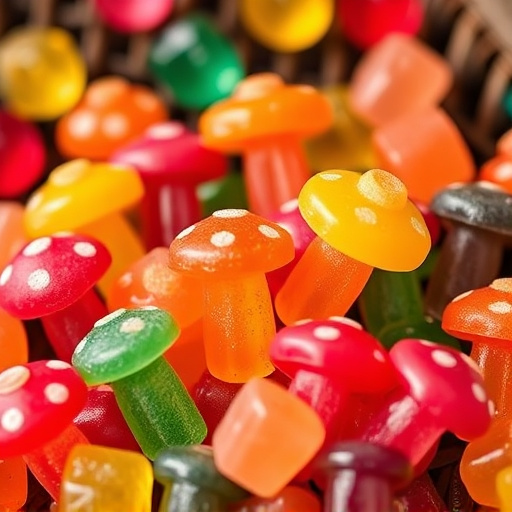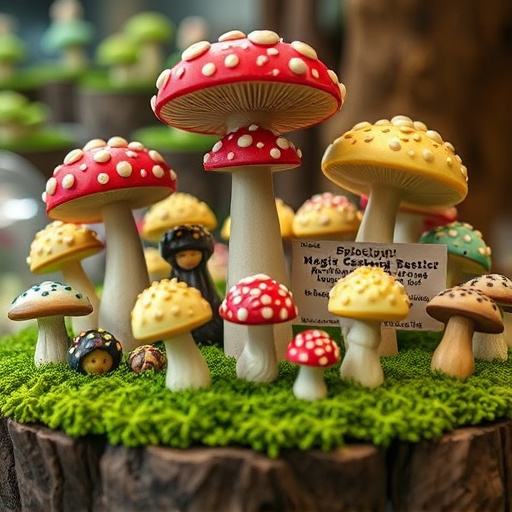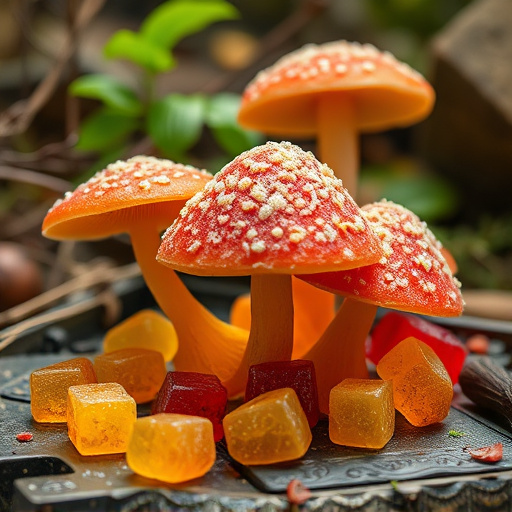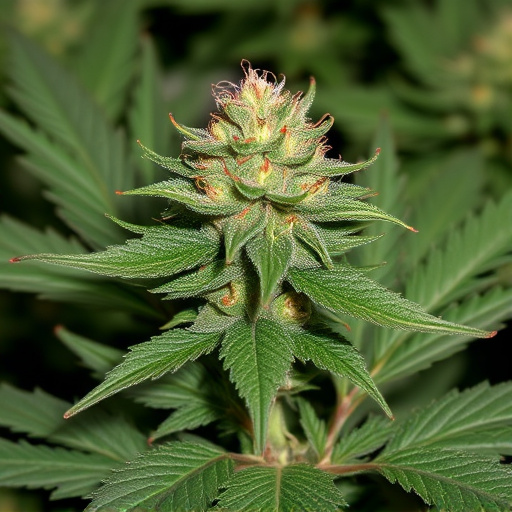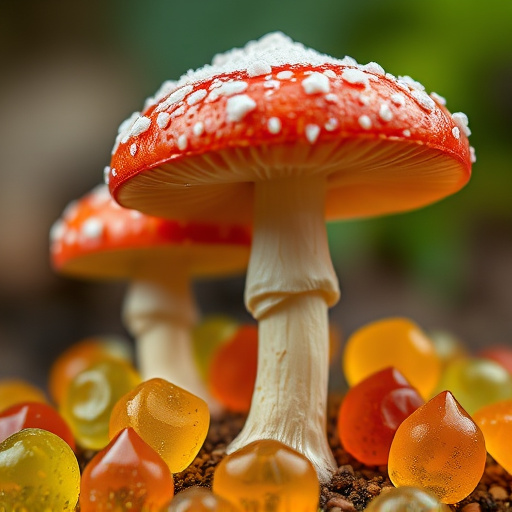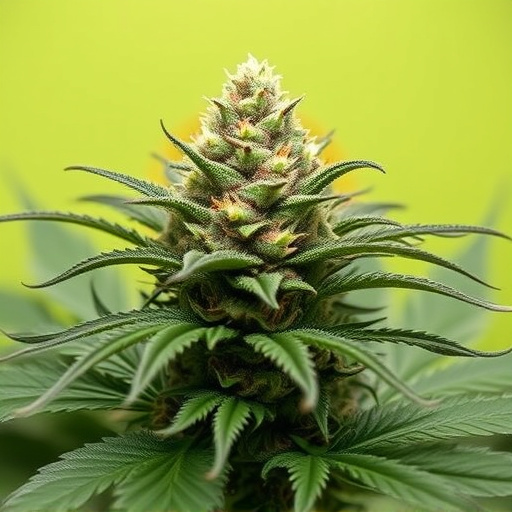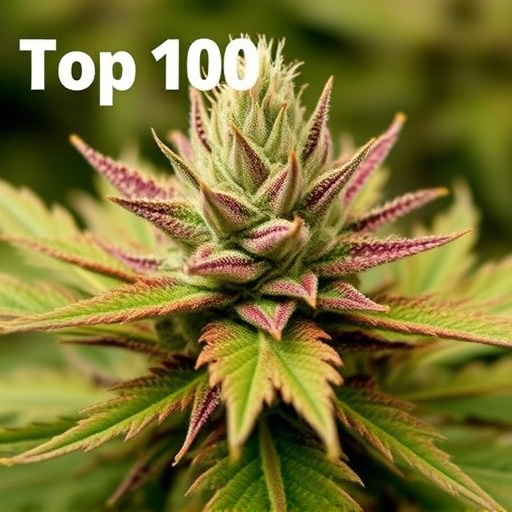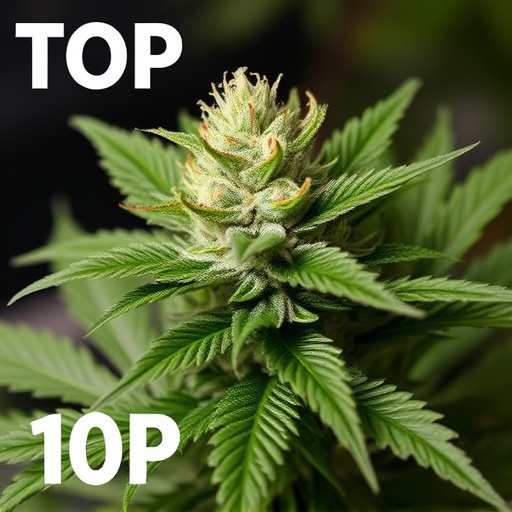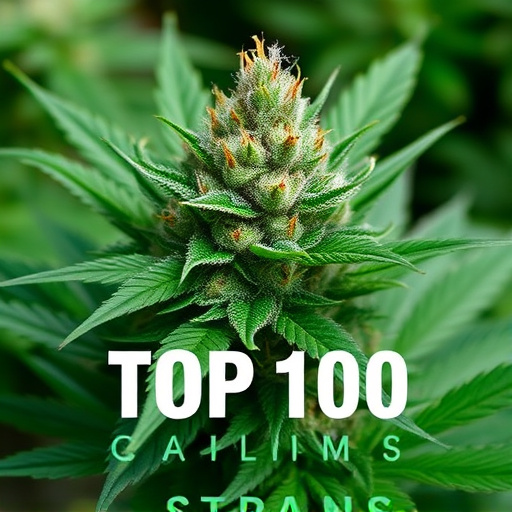The genetics of the top 100 cannabis strains determine their unique cannabinoid profiles, significantly impacting the intensity and duration of effects. THC levels generally correlate with a stronger high while CBD offers milder experiences. Auxiliaries like CBN and CBG interact with THC, affecting the strain's length and intensity. Breeders have engineered these profiles to cater to diverse user preferences, from therapeutic benefits to enhanced psychoactivity, allowing users to choose strains that align with their desired cannabis experience.
Unraveling the factors that dictate the duration of a cannabis high is a fascinating journey into the science behind this diverse plant. From the genetic makeup of different strains, featuring the iconic THC and CBD, to environmental cultivation practices and individual consumption methods—each plays a pivotal role. This article explores these key elements, offering insights into how they contribute to the varying experiences among the top 100 cannabis strains, as measured by their enduring effects.
- Genetics and Cannabinoid Profile
- – Discussion on how THC and CBD levels impact high duration
- – Role of other cannabinoids like CBN and CBG
Genetics and Cannabinoid Profile
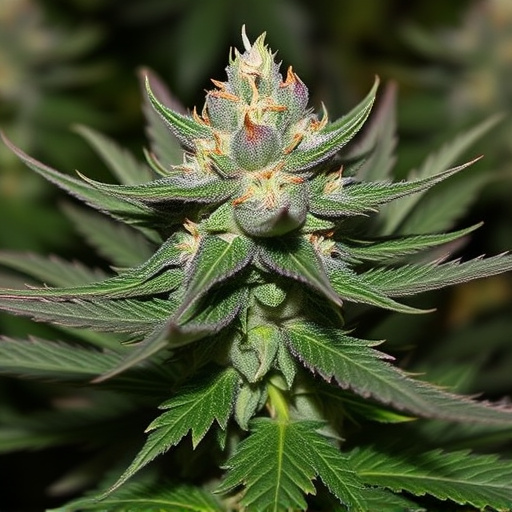
The genetics and cannabinoid profile of a cannabis strain play a significant role in determining the duration and intensity of its high. Each strain, from the top 100 cannabis strains globally renowned for their unique characteristics, carries distinct genetic markers that influence how the body responds to its active compounds, especially tetrahydrocannabinol (THC) and cannabidiol (CBD). The balance between these cannabinoids is key; higher THC levels typically result in more pronounced psychoactivity, which can extend the duration of the high. However, modern strains often feature tailored cannabinoid profiles that cater to various preferences and desired effects.
Breeders have meticulously crafted strains with specific genetic traits to enhance certain aspects, such as increased CBD content for its potential therapeutic benefits or altered THC:CBD ratios to tweak the potency and length of the high. These genetic modifications can lead to variations in how individuals experience the same strain, making it a complex interplay between personal tolerance, metabolism, and the unique attributes inherent in each cannabis strain.
– Discussion on how THC and CBD levels impact high duration
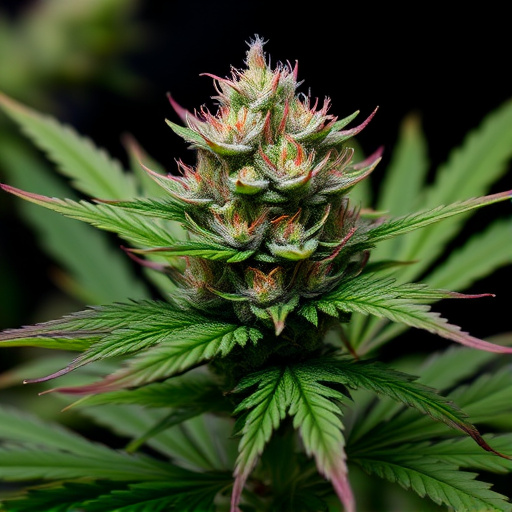
The effects of cannabis, often referred to as a “high,” are primarily influenced by two key compounds: Tetrahydrocannabinol (THC) and Cannabidiol (CBD). These compounds play a significant role in determining how long the high lasts. High THC levels are generally associated with more intense and longer-lasting effects, making it a primary factor in extending cannabis intoxication. The top 100 cannabis strains often boast elevated THC concentrations, contributing to their reputation for potent highs. On the other hand, CBD is known to counteract THC’s effects, potentially reducing the overall duration of intoxication. Some users even prefer high-CBD strains for their milder, shorter-lived impacts. Understanding these interactions between THC and CBD can help individuals make informed choices when seeking specific cannabis experiences, whether they desire an extended high or a more controlled, shorter one.
– Role of other cannabinoids like CBN and CBG
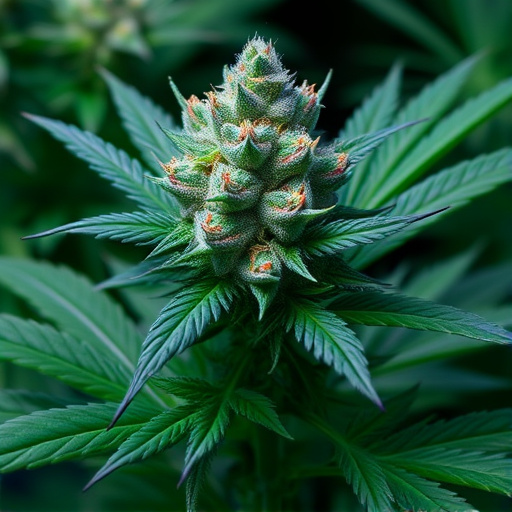
Cannabis users often seek out specific strains for their unique effects, and duration of those effects plays a significant role in user experience. Among the many factors influencing how long a cannabis high lasts, other cannabinoids like CBN (Cannabinol) and CBG (Cannabigerol) play a crucial part. These minor cannabinoids interact with THC (Tetrahydrocannabinol), the primary psychoactive compound known for inducing the ‘high’ feeling. Studies suggest that CBN, produced when THC degrades, has sedative properties, which can extend the duration of relaxation and sleepiness associated with cannabis consumption.
In terms of popularity, certain strains in the top 100 cannabis strains lists often attract attention due to their balanced or high levels of these auxiliary cannabinoids. Strains like Granddaddy Purple, known for its rich CBG content, or Blue Dream, which has notable CBN, are sought after by users looking for longer-lasting, more profound effects. Understanding the interplay between THC and these minor compounds is essential for cannabis enthusiasts aiming to optimize their high’s duration and overall experience.
In understanding the factors that influence cannabis high duration, it’s clear that genetics and cannabinoid profiles play a pivotal role. The levels of THC and CBD, alongside other cannabinoids like CBN and CBG, significantly impact how long and intensely one experiences a high. When exploring the top 100 cannabis strains, these chemical compositions become key differentiators in tailoring the desired user experience—whether it’s a short, mild high or a longer, more intense one. By recognizing these influences, consumers can make informed choices to enhance their cannabis enjoyment.

